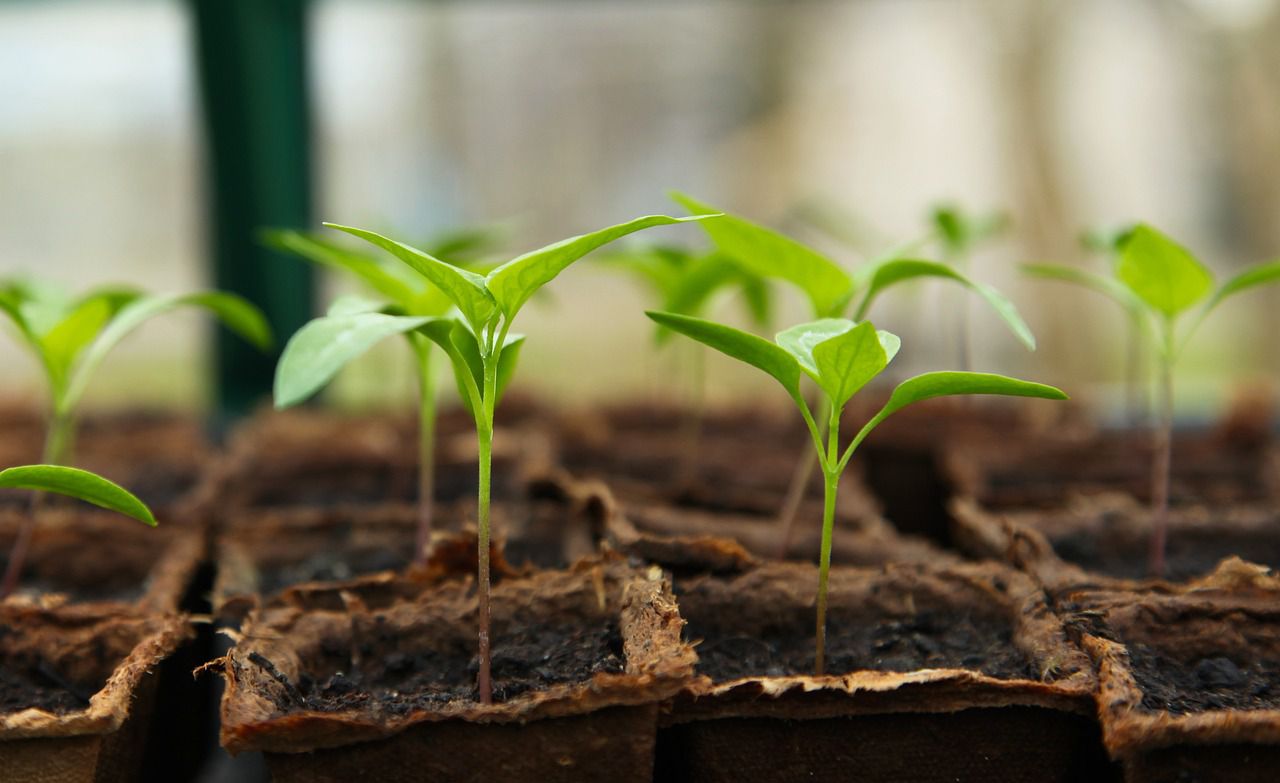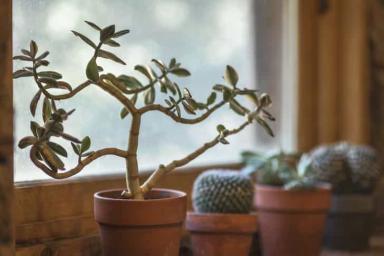If you're new to gardening, then it might be hard for you to understand whether soil from your garden is good enough.
Good soil is vital for most plants, but how can you recognize one?
There are some methods that can help.
Observe the soil texture
Good garden soil should have a balanced texture, often referred to as loam, which consists of a mixture of sand, silt, and clay.
Loamy soil is well-draining yet retains enough moisture for plants.

Assess drainage
After a rainfall or irrigation, observe how quickly the water drains from the soil.
If the water quickly disappears or the soil becomes waterlogged, it may indicate poor drainage.
Check soil fertility
You can test the fertility of your soil by using a soil testing kit or sending a sample to a soil testing laboratory.
These tests will provide information about the levels of nitrogen, phosphorus, potassium, and other nutrients in your soil.
pH testing
Most garden plants prefer a slightly acidic to neutral pH range.
You can use a pH testing kit or a soil testing laboratory to determine the pH of your soil.
Assess organic matter content
Organic matter, such as compost, decomposed leaves, or well-rotted manure, is essential for improving soil structure, fertility, and moisture-holding capacity.
Check if your soil has a good amount of organic matter by digging a small hole and examining the color and texture of the soil.
Dark, crumbly soil indicates the presence of organic matter.







